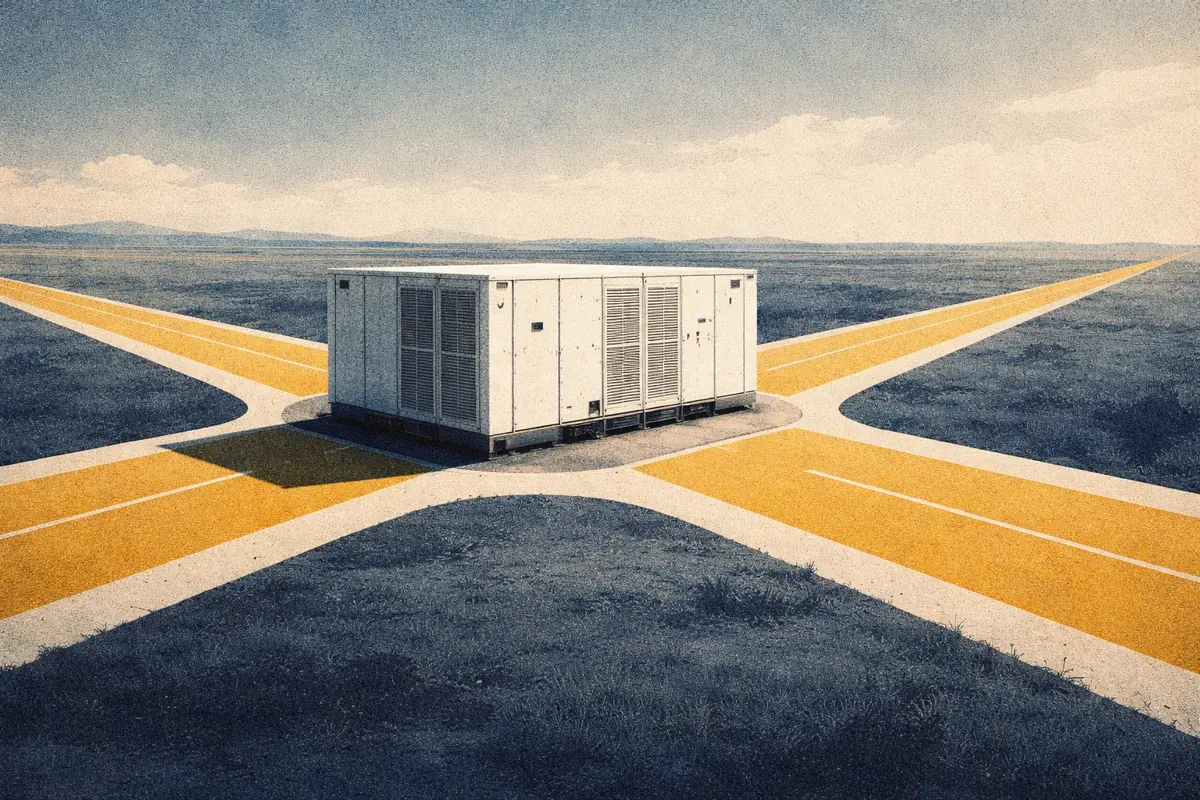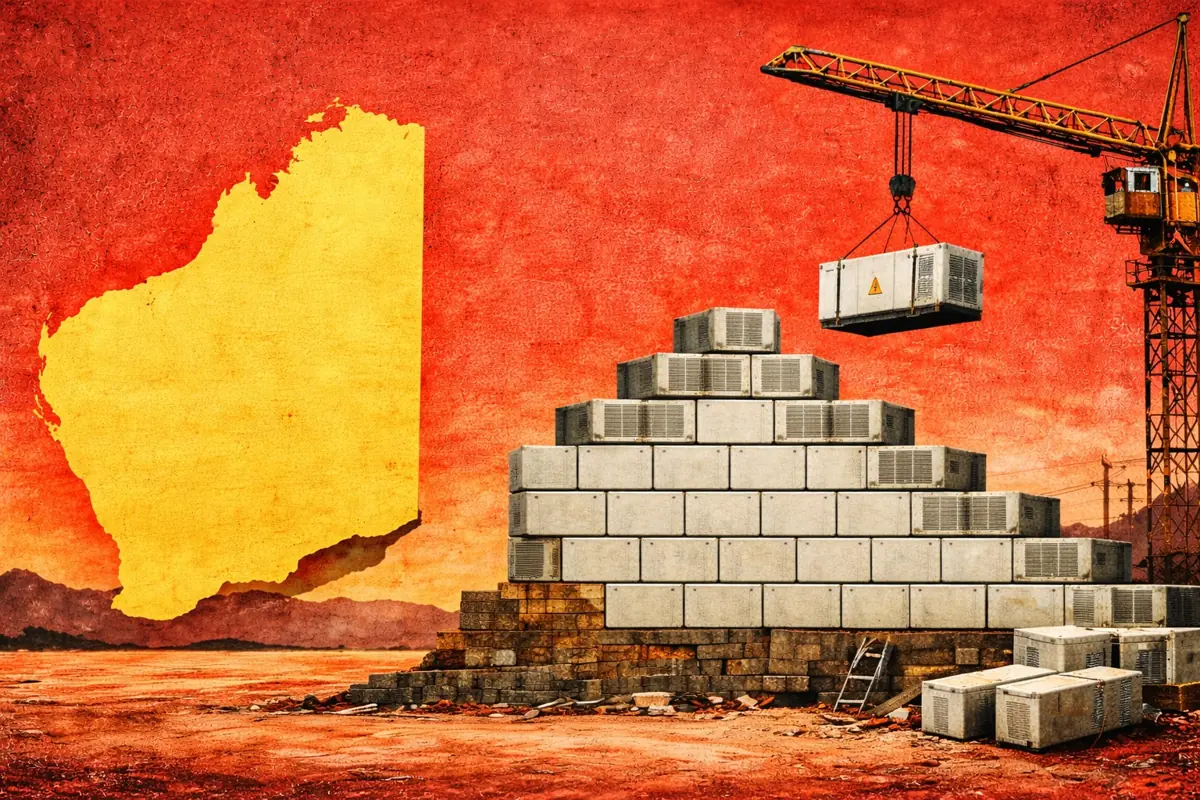Quick Take: what does the ESO’s grid connection queue management plan mean?
Quick Take: what does the ESO’s grid connection queue management plan mean?
This week, Ofgem approved the ESO’s plan to manage grid connection queues. This is a crucial step towards solving one of the industry's most significant issues today.
The transmission grid connection queue currently contains over 400 GW of capacity, with proposed connection dates for some projects still over a decade away. 75 GW of this capacity comes from standalone battery storage projects. The queue dictates the earliest point at which new projects can connect to the transmission network. Similar queues exist for connecting to distribution networks.
The main factor behind the connection queue size has been the ‘first-come, first-serve’ approach used by the ESO to grant grid connections. The ESO and Ofgem have suggested that this approach has meant that:
- Project readiness was not considered during a connection application.
- Getting into the queue to hold a position and not progress with a project was incentivized.
- Over 60% of applications were unlikely to materialize.
- The queue size is not representative of future capacity.
In early 2023, the ESO announced its five-point plan for tackling these issues. Two of these points focused on managing and trimming down the queue for grid connections. Last week, the ESO announced that Ofgem approved part four through CMP376. This will allow the ESO to remove slow connections from the queue, freeing up space for those progressing against defined milestones.
What does the new queue management actually involve?
New and existing projects with connection dates beyond November 2025 will risk losing their place in the queue if they do not meet milestones set by the ESO. The dates these milestones are due are determined by the agreed connection date.
The ESO will terminate the connection agreement of any projects that do not stick to the dates for the first three milestones. If any of the final four milestones are missed, the ESO will review the termination of the connection agreement, and the developer will need to supply evidence for why the project was delayed. There is an appeal process for any projects with connection agreements terminated.

Projects affected by this change have six months to apply for a new connection date which they can realistically stick to. Once the connection dates are set, they can only be changed under exceptional circumstances.
For current agreements with a connection date before November 2025, the ESO has asked engineering consultancy DNV to review these projects and determine whether they will likely meet their connection date. If they are not, the ESO will look to push back or terminate the agreement date.

What impact does this have?
Through approving this change, the ESO and Ofgem hope that this will not only reduce the size of the grid connection queue but also:
- Incentivize grid connection applications that are “ready to go”.
- Incentivize developers to progress projects rather than holding up the queue.
- Encourages developers to seek realistic connection dates, giving the ESO a clearer understanding of connection timelines.
- Allow the projects closer to being ready to move to the front of the queue.
These changes will come into effect from November 27th and are expected to accelerate the build-out of the battery pipeline, as “shovel-ready” projects may now be allowed to move forward in the queue. If the ESO can also deliver the other parts of its five-point plan, this could alleviate one of the biggest challenges facing the battery energy storage industry.







